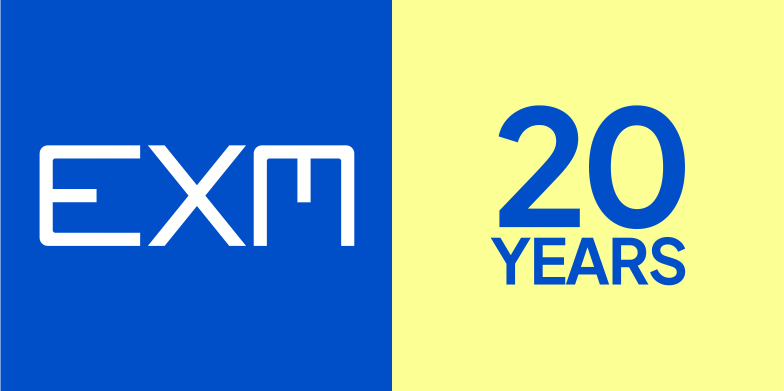Switzerland has recently introduced innovative legislation mandating the use and publication of open-source software in public administration. This decision represents a significant step forward in promoting transparency and efficiency in the public sector.
The new law, called the “Federal Act on the Use of Electronic Means for the Performance of Official Duties” (EMBAG). Article 9 of this law stipulates that the source code of software developed by or on behalf of public authorities must be made publicly accessible, unless there are security reasons or third-party rights that prevent it.
This regulation is the result of a process that began years ago. In 2005, the Swiss Confederation had already adopted a strategy for the use of open-source software in federal administration. In 2017, the Federal Council decided to renew this strategy, replacing it with more updated strategic guidelines. The final shift towards mandatory open source was strongly supported by key figures such as Professor Dr. Matthias Stürmer, director of the Institute for Public Sector Transformation at the Bern University of Applied Sciences. Stürmer emphasized how this law represents a great opportunity for the government, the IT industry, and society as a whole.
The new regulation not only requires the publication of source code but also allows public entities to offer additional services related to IT support, integration, and security, provided these services align with public duties and are offered at a cost that covers expenses. The adoption of this law brings several positive prospects. Firstly, open code allows for public scrutiny, increasing citizens’ trust in institutions and ensuring greater transparency. Additionally, the use of open-source software can lead to significant savings for public administration, reducing costs. Code sharing also fosters collaboration and innovation among different government agencies and with the private sector. Finally, this choice reduces dependence on proprietary software vendors, promoting digital sovereignty and technological independence.
However, the implementation of this regulation is not without challenges. Publishing source code could theoretically expose vulnerabilities, requiring careful security management. It will also be necessary to ensure high standards of quality and documentation for published software. Public administration staff will need to be trained to work effectively with open-source software. Lastly, there may be internal resistance to adopting new systems and practices.
Switzerland thus positions itself at the forefront in Europe in adopting “public money, public code” policies. This move could inspire other countries to follow suit, promoting greater openness and collaboration in the public sector at an international level.
The new Swiss regulation on open source in public administration represents an important step towards greater transparency, efficiency, and innovation in the public sector. Despite the challenges it entails, this decision has the potential to significantly transform the way government develops and uses software, with long-term benefits for both administration and citizens.


